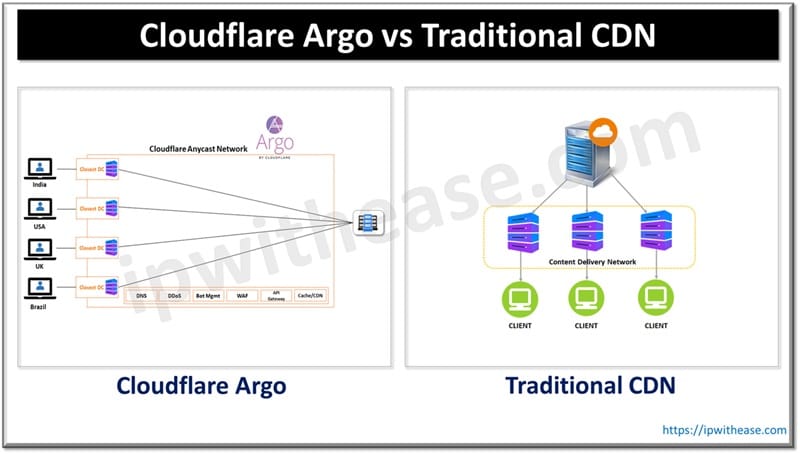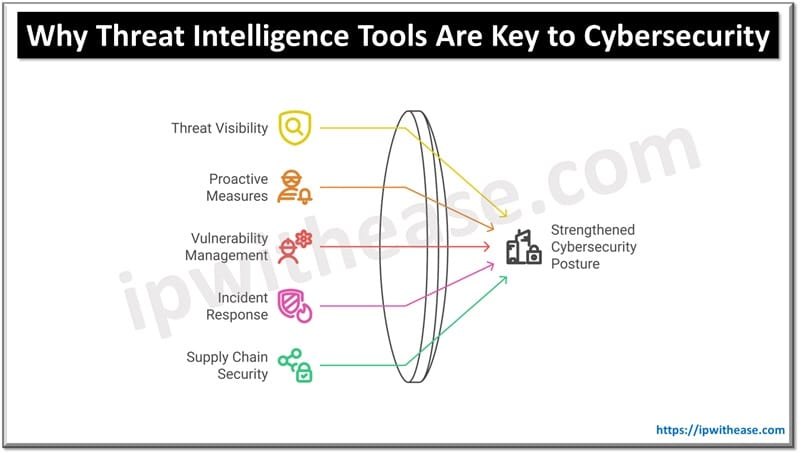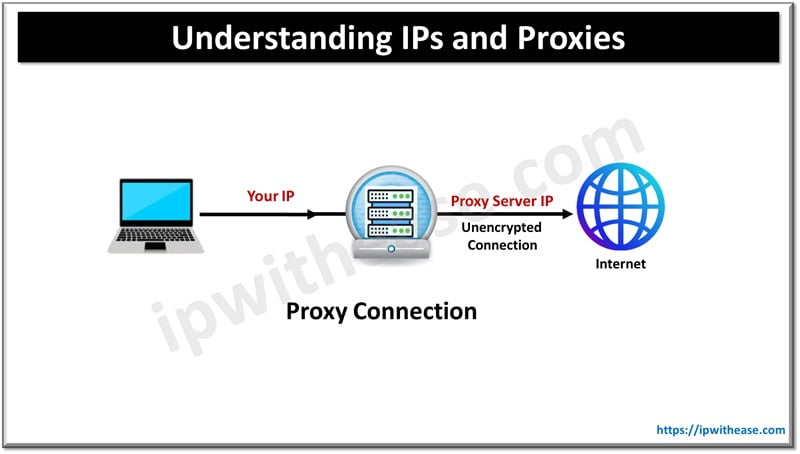Secure code review is the process of analyzing program code for security vulnerabilities. It can be done either automatically (for example, using static code analysis tools) or manually (for example, through code auditing).
Secure code review can be carried out both within the company and with the help of third-party security experts. Typically, the process involves manual code analysis as well as the use of automated tools to help identify potential problems. This can be a lengthy process, but it is necessary to keep the application secure.
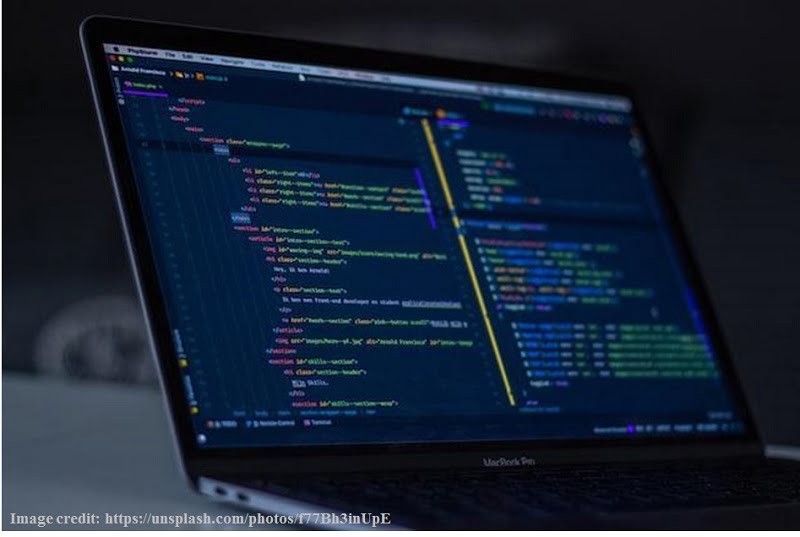
Why should a secure code review be carried out?
The goal of secure code review is to identify and fix security vulnerabilities in software before it is released to production. Also, secure code review can be carried out when vulnerabilities are found in an already released software product in order to fix them.
According to the “Veracode State of Software Security 2021” report, 1300 applications developed by companies from various industries, including finance, healthcare and the public sector, were analyzed in 2020. The results showed that 76% of applications contained at least one vulnerability, and the average number of vulnerabilities per application was 7.8. The most common types of vulnerabilities were related to authentication and authorization, code injection, error handling, and cryptography.
This data highlights the need for secure code review and continuous monitoring of application security. In addition, the study also showed that applications that underwent secure code review had fewer vulnerabilities and a lower risk of security breaches than applications that did not.
The report also notes that the use of automatic tools for secure code review can speed up the analysis process and increase its efficiency. However, he also emphasizes that manual code review will always be necessary to uncover more complex vulnerabilities and security issues.
When should a secure code review be carried out?
Secure code review should be carried out at all stages of application development, from design to testing. It can be carried out both at the development stage and after the release of the application. Usually this process is recommended in such cases:
- When creating a new application. Secure code review allows you to identify security issues at an early stage of development, which reduces the likelihood of problems in the future;
- When making changes to an existing application. Changes in code can lead to new security vulnerabilities, and secure code review allows you to identify them at an early stage;
- Before the release of a new version of the application. Secure code review allows you to make sure that the new version of the application does not contain new security issues;
- After identifying security issues. If an application has been compromised or security issues have been identified, secure code review can help identify and fix issues.
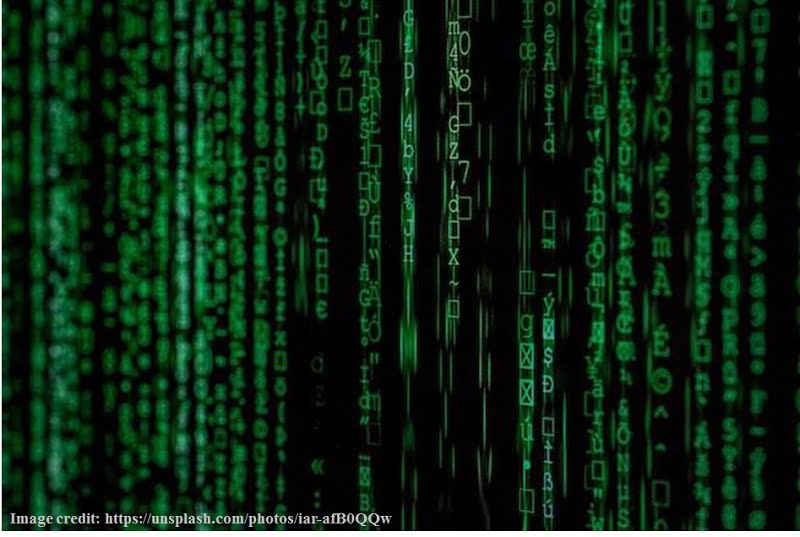
Secure Code Review methods
Secure code review (sometimes called code review for security) is the process of analyzing a program’s code for security vulnerabilities and bugs. The following methods can be used when conducting secure code review:
- Manual code analysis: A security specialist reviews the program code looking for security vulnerabilities and bugs. This method can be time consuming, but it detects a wide range of security issues that automated tools might miss;
- Using a static code analyzer: A static code analyzer is a tool that analyzes the code of a program without executing it. It can look for “null pointer dereference” or “buffer overflow” errors that can be used by attackers to break the program;
- Using a dynamic code analyzer: A dynamic code analyzer is a tool that analyzes the operation of a program while it is running. It can look for vulnerabilities that cannot be found by a static code analyzer, such as interaction with external systems or user input processing errors;
- Using fuzzing: fuzzing is a software testing technique that consists of automatically generating random input and analyzing the program’s response to that input. Fuzzing can be used to find vulnerabilities that could lead to denial of service, data privacy violations, or malicious code execution;
- Security compliance check: There are various security standards such as OWASP Top 10 or CIS Critical Security Controls. Checking for compliance with these standards can help you discover security vulnerabilities and bugs that might be missed by other methods.
As a rule, the use of several secure code review methods allows you to more fully assess the security of the software and detect more vulnerabilities and security errors.
When should a secure code review be carried out?
Secure code review should be carried out at all stages of the application life cycle, from design to support and updates. This allows vulnerabilities to be identified and fixed early in development, which can save time and money, and reduce the risk of future security breaches.
Secure code review can also be carried out after changes in the application or its environment, for example, after adding new functionality or changing security settings.
Summary
All in all, secure code review is an important and complex process that is an integral part of any software production. This process should be treated carefully, because the security of all processes and data depends on it.
Continue Reading:
What is Runtime Application Self Protection (RASP)?
Security Risks of Using Open Source Solutions
ABOUT THE AUTHOR
IPwithease is aimed at sharing knowledge across varied domains like Network, Security, Virtualization, Software, Wireless, etc.

